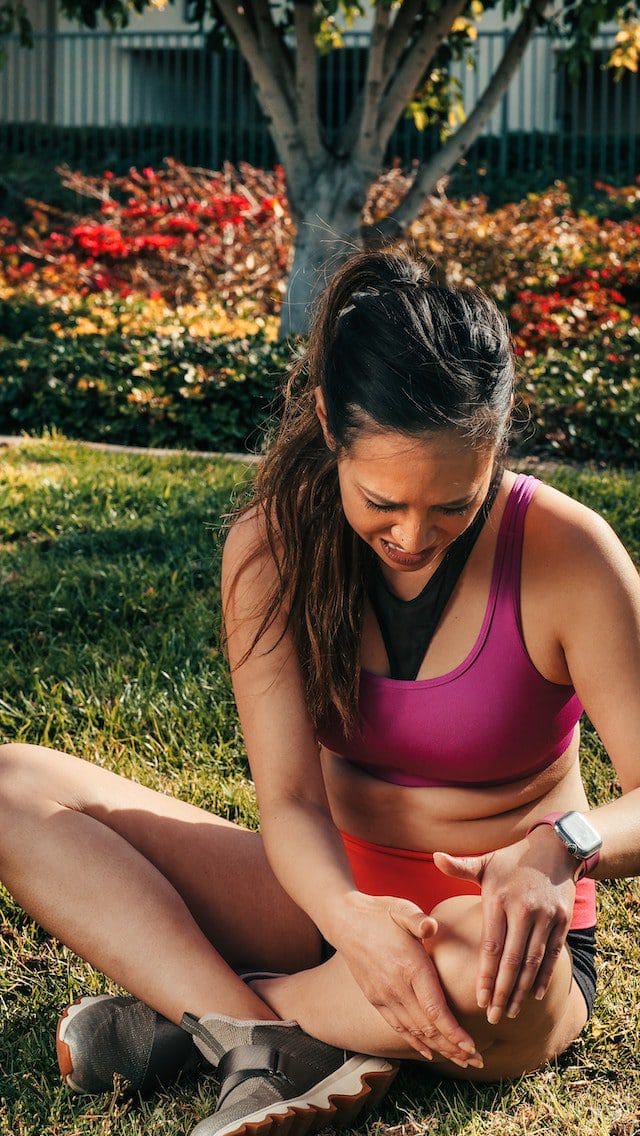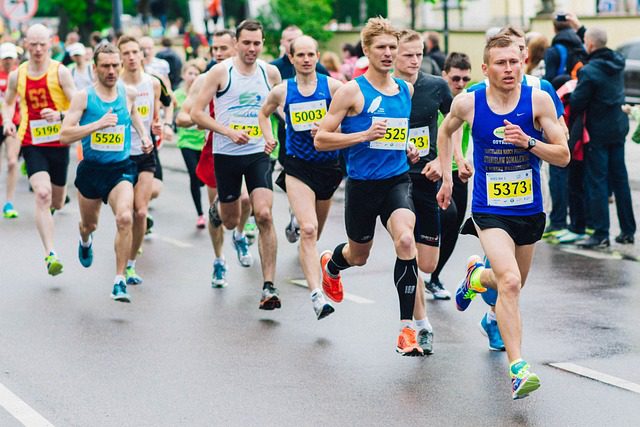All runners, at some time or other, will experience knee pain. It’s simply a fact of life. We put our bodies through a lot just going about our daily lives, let alone when we’re pushing our limits. As great a sport as running is and as healthy as it is to run, it’s punishment on your knees.
The news isn’t all bad, though. Knee sleeves are an effective, affordable way to relieve knee pain and speed healing. Let’s look at different kinds of knee pain and how knee sleeves could change your running game.
A Pain in the Knee

25% of adults in the US experience frequent knee pain that affects their quality of life. Injury, age-related disease, and simple hard use are the most common causes. If you’re a runner, you want to stack the deck in your favor to ensure your knees stay healthy for as long as possible.
These are some of the common forms of knee pain you’re likely to experience:
- Strains and Sprains
A knee strain is damage to a muscle or tendon in your knee from either overuse or suddenly putting a lot more demand on your knee than usual. A sprain is more injurious. Twisting your knee, falling or colliding with something or someone, or placing sudden weight on your knee are all ways to get a sprain. Symptoms include swelling, pain, and trouble walking.
- Torn Cartilage
Damaged cartilage usually takes the form of a torn meniscus. The menisci are cartilage in your knee that stabilize the joint and absorb shocks, such as from running. Sprains, such as a twist, can tear the cartilage. Depending on the severity, surgery may be necessary. Symptoms include a popping sensation, swelling, stiffness, trouble bending or fully straightening your leg, instability, and pain.
- Tendinitis
Overuse of your knees can cause inflamed tendons, with physical activities such as running, jumping, or cycling being the possible culprits. It’s common with these activities that an inflamed patellar tendon is referred to as a “jumper’s knee.” You may experience tenderness behind your kneecap, swelling, and pain from activity or when bending or straightening your leg.
- Arthritis
Osteoarthritis isn’t the only kind of arthritis that can affect the knee, but it’s the most common type. This is often the cause of knee pain in older populations because it results from a lifetime of wearing down the cartilage. Repeated injuries or excess weight can worsen it. If you’re over 50, have swelling and stiffness, hear a crunching sound when you move your knee, or feel unstable, osteoarthritis could be the cause.
As you can tell, the symptoms are similar between the different kinds of knee pain. The only way to be sure is to see your doctor.
Knee Sleeves for Runners
A knee sleeve is designed to support and stabilize the knee and prevent injury or the worsening of a condition. They can improve the range of motion, reduce loss of body heat, and aid in blood flow and pain reduction. Simply wearing one is also useful for helping you better feel the position of the joint. This creates greater awareness of how you use your knee when running or doing other activities.
For runners, a knee sleeve can help you get back on your feet by reducing the time it takes to heal. With a knee sleeve, you can slowly work your way back to top shape while reducing pain and supporting the damaged joint. Cycling or swimming can be alternatives to running while you heal. As you get back up to speed, avoiding asphalt and concrete surfaces can help reduce the shock to your knee as you regain strength.
One of the best applications for using a knee sleeve for recovery is that it helps you get active again more quickly. Intense knee pain can make you want to avoid moving it. This can create a vicious cycle of immobility and weight gain, which puts further pressure on an injured knee and makes you want to keep off it even more. A knee sleeve’s compressive, stabilizing qualities help you get back in action sooner.
Even better than recovering from an injury, however, is preventing one in the first place. The same qualities that make a knee sleeve so helpful for healing are also great at stabilizing and supporting your knee as a preventive measure.
Up and at ‘Em
For a durable part of our body that withstands so much wear and tear, your knees can be surprisingly vulnerable to strain and injury. Even when going about casual activities, you’re only one slip, squat, or pivot away from being sidelined. A knee sleeve can help you heal or prevent problems in the first place.
Featured Image by tookapic from Pixabay




